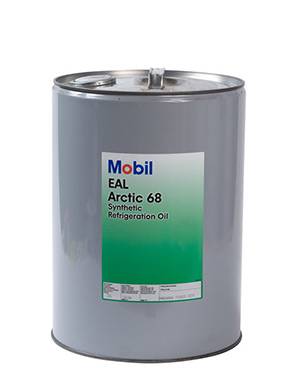Nov . 19, 2024 04:59 Back to list
ppr pipe fittings
Understanding PPR Pipe Fittings A Comprehensive Guide
In the realm of plumbing and construction, choosing the right materials is essential for ensuring efficiency and durability. Among these materials, PPR (Polypropylene Random Copolymer) pipes and fittings have gained immense popularity due to their numerous advantages. In this article, we will explore the characteristics, benefits, applications, and installation of PPR pipe fittings.
What are PPR Pipe Fittings?
PPR pipe fittings are made from polypropylene, a thermoplastic polymer known for its strength and resistance to various chemicals. The random copolymer structure of PPR allows it to withstand high temperatures and pressures, making it an ideal choice for hot and cold water supply systems. PPR fittings come in a variety of shapes and sizes, including elbows, tees, reducers, couplings, and more, enabling the seamless connection and transition between pipes.
Key Advantages of PPR Pipe Fittings
1. Durability PPR fittings are highly resistant to corrosion and scaling, ensuring a longer lifespan than traditional materials like metal or PVC. This durability extends beyond physical wear; PPR is also non-toxic and does not leach harmful substances into water, making it safe for potable water applications.
2. High Temperature and Pressure Resistance PPR pipes can handle temperatures up to 95°C (203°F) and pressures of up to 25 bar, which makes them suitable for both hot and cold water systems. This adaptability is crucial in various applications, including residential plumbing and industrial pipelines.
3. Ease of Installation The installation of PPR fittings is straightforward, requiring minimal tools and specialized skills. They are typically joined through a heat fusion process, where the pipe and fitting ends are heated and then joined together to create a strong bond. This method eliminates the need for adhesives or solvents, resulting in a cleaner, more reliable installation.
4. Lightweight Compared to traditional materials like copper and steel, PPR fittings are lightweight, which reduces transportation costs and makes handling easier during installation.
5. Cost-Effectiveness While the initial cost of PPR materials may be higher than some alternatives, their longevity and low maintenance requirements often lead to significant savings over time. Additionally, the ease of installation reduces labor costs.
Applications of PPR Pipe Fittings
ppr pipe fittings

PPR pipe fittings are versatile and find applications across various sectors, including
- Residential Plumbing Used in domestic water supply systems, heating systems, and drainage. - Industrial Applications Suitable for transporting chemicals, waste, and other fluids in manufacturing plants. - Agricultural Systems Ideal for irrigation systems, enabling efficient water distribution. - HVAC Systems Employed in heating and cooling systems due to their thermal insulation properties.
Installation of PPR Pipe Fittings
Proper installation is critical to maximizing the benefits of PPR pipe fittings. Here are some steps to follow
1. Preparation Ensure that the surfaces of both the pipe and fitting are clean and dry. Any dirt or moisture can compromise the joint quality.
2. Cutting Use a pipe cutter to achieve a clean cut, ensuring that the ends are square. This will facilitate a better joint.
3. Heating Preheat the heater to the appropriate temperature (approximately 260°C or 500°F) and heat the ends of both the pipe and fitting until they begin to melt.
4. Joining Quickly and carefully push the heated pipe into the fitting. Hold them together for a few seconds to allow the bond to form.
5. Cooling Allow the joint to cool without disturbing it for the recommended time to ensure a strong connection.
Conclusion
PPR pipe fittings represent a modern solution for plumbing and industrial applications, combining durability, efficiency, and ease of installation. Their comprehensive benefits make them a preferred choice for engineers, contractors, and homeowners alike. As the construction industry continues to evolve, PPR fittings are likely to play a crucial role in sustainable and efficient plumbing systems.
-
PP U-channel: Chemical-Resistant, Lightweight & Durable
NewsAug.10,2025
-
Transparent PVC Pipe: Clear Flexible Tubing for Fluids
NewsAug.09,2025
-
Durable PP Rigid Sheet: Versatile & High-Quality Plastic Panels
NewsAug.08,2025
-
Premium Glossy PP Rigid Sheet – Durable & Versatile
NewsAug.07,2025
-
High-Quality HDPE Sheet | Durable Plastic Panels
NewsAug.06,2025
-
High-Precision PVC Rigid Sheets for Vacuum Forming | AI-Optimized
NewsAug.05,2025

